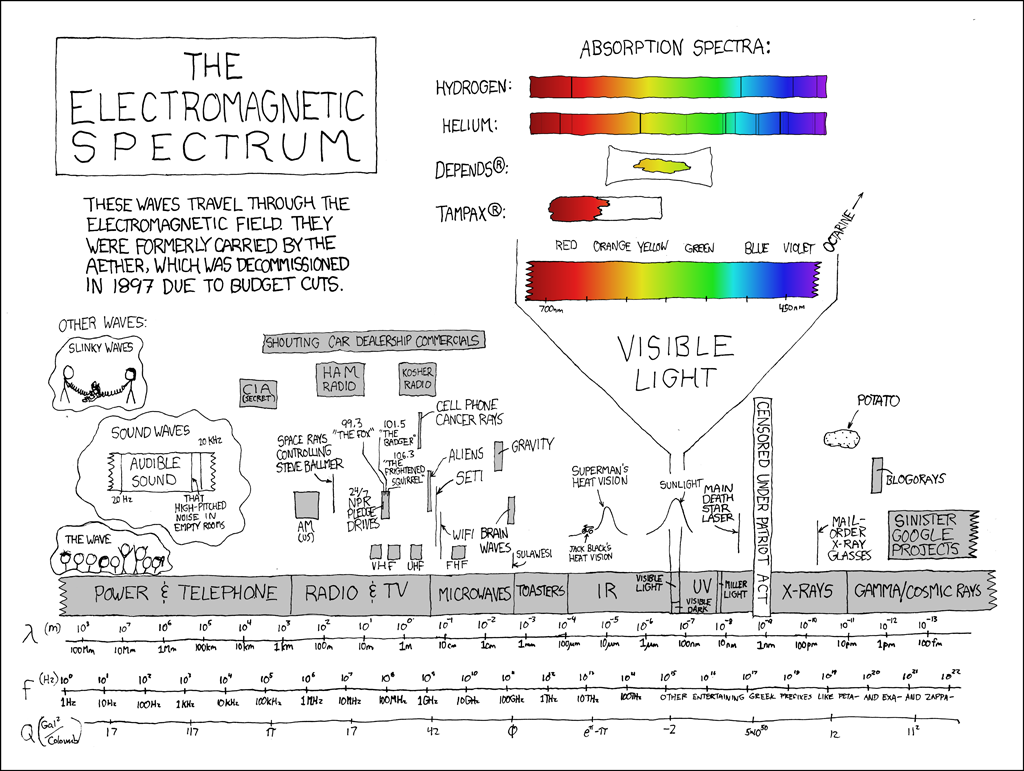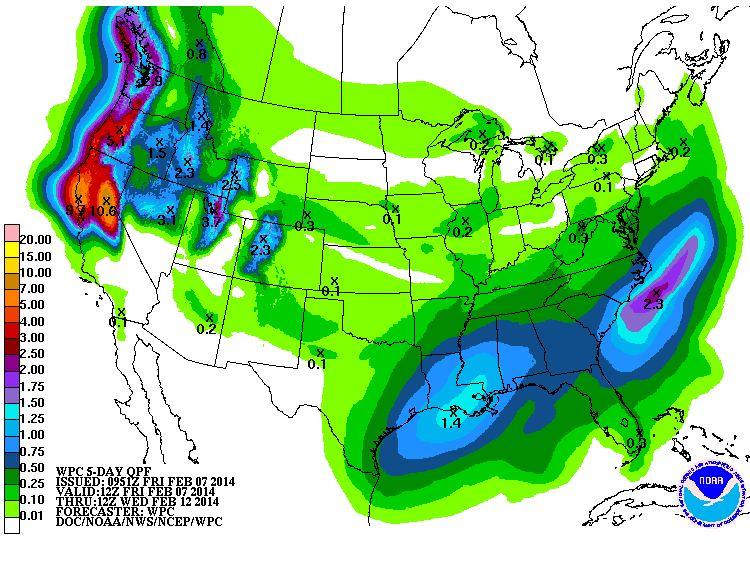Climate Feedback: A process that acts to amplify or reduce direct warming or cooling effects.
A positive feedback causes a direct warming effect to heat the planet more than it would without the feedback. Similarly, a positive feedback causes a direct cooling effect to cool the planet more than would be the case without the effect. In contrast, a negative feedback acts to mitigate direct warming and direct cooling effects. Negative feedbacks tend to stabilize a system whereas positive feedbacks tend to destabilize it. The Earth’s climate system has both positive and negative feedbacks. An example of a positive climate feedback is rising temperature causing polar ice to melt. Ice reflects more sunlight than water. As polar ice melts, the planet absorbs more heat than it did when more of its surface was covered in ice and snow, causing it heats more rapidly, which leads to faster melting of polar ice and snow, which causes it to heat more rapidly, etc. An example of a negative climate feedback would be increasing temperature resulting in increased evaporation of surface water leading to a greater amount of low cloud cover. The tops of low clouds are more reflective than vegetation (and pretty much every other terrestrial surface) so increased low cloud cover has the effect of cooling the planet. (Unfortunately, whether increasing surface temperatures will actually lead to increased low cloud cover is TBD. The rate at which heat is being retained in the atmosphere due to increasing CO2 concentration may be so great that it effectively disables the negative feedback we get from low clouds by inhibiting their formation. If that’s the case then we’re in deep trouble.)
With that as background, here’s a short non-technical video which explains the concept of climate feedback – emphasis is on negative feedbacks, which tend to work in our favor:



